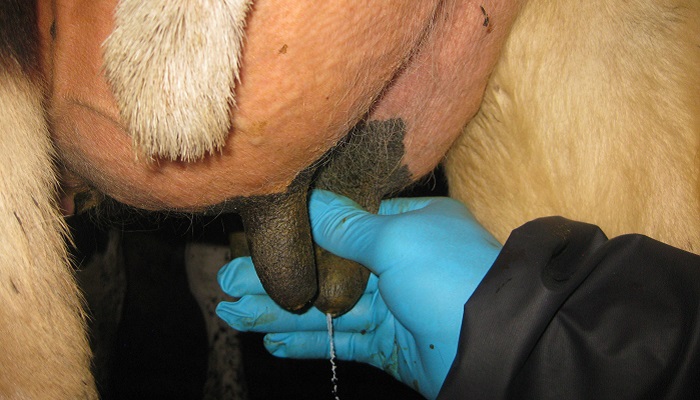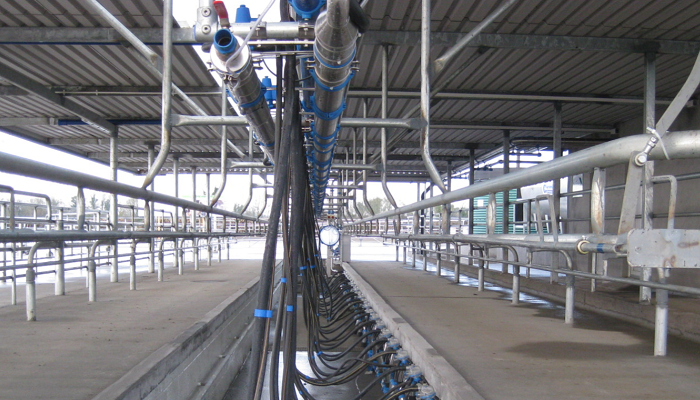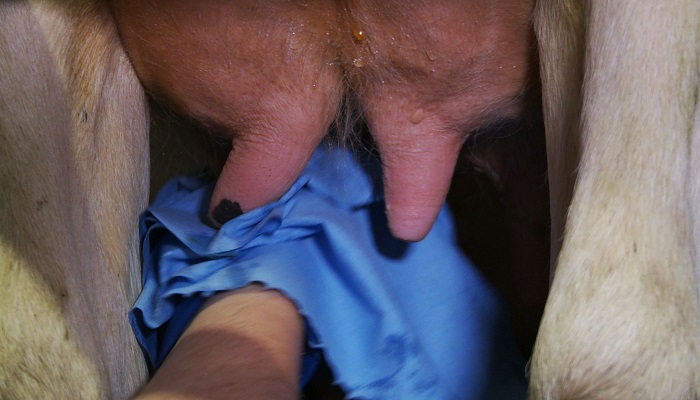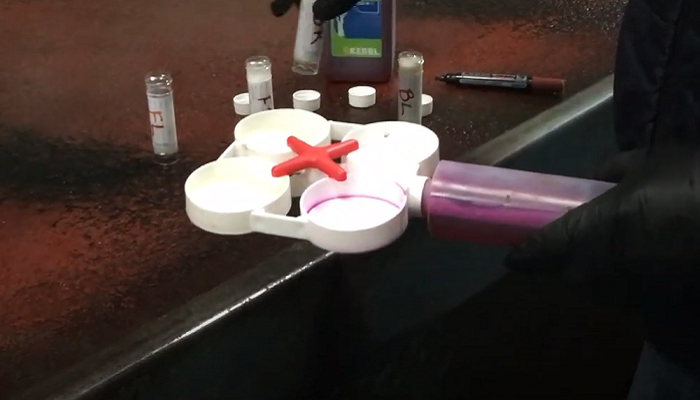10 February 2025
Managing Somatic Cell Count in early lactation

Calving is in full swing on most dairy farms currently and it’s a busy time of year to keep on top of all the tasks that need to be completed. However, as Padraig O’Connor writes, keeping on top of your herd Somatic Cell Count (SCC) until the first milk recording is a priority.
You don’t have the luxury of knowing what the SCC for individual cows is until the first milk recording is completed.
Mitigating against SCC rising in your herd in early lactation
The first area to look at is the milking machine. This is the most important machine on a dairy farm. Has it been serviced by a qualified milking machine technician? Have the liners and any worn rubber ware been changed?
The next area to look at are the calving boxes or calving area. These need to kept clean, dry and well disinfected throughout the calving season. When cows are close to calving, the udder fills up with colostrum or biestings and sometimes cows can start leaking some of this colostrum. When this happens, bacteria can also be introduced into the udder. The cleaner that the calving area is kept, the less of an issue SCC/mastitis will be.
Create a fresh cow group to allow fresh cows to be milked together. This allows the farmer or the milker to concentrate on this group and spend more time with them, especially with heifers.
The importance of milk routine
A good milking routine is essential in managing SCC. This entails the wearing of nitrile disposable gloves and keeping them clean and disinfected throughout the milking. Inspecting foremilk and treating mastitis cows promptly is good practice, particularly at this time of year.

If pre-spraying is practiced, it is essential that the contact time is 30 seconds and this needs to dried off with a paper towel before cluster attachment.
Clusters need to be applied to clean dry teats and over milking should be avoided to minimise teat end damage. Correct post teat disinfection is also one of the key components in preventing mastitis (15 mls/cow/milking).

Milking problem cows
Milk mastitis cows and cows with high SCC last if this is practical. If this isn’t possible, the cluster needs to be disinfected with a solution of water and peracetic acid after milking the infected cow. This infected cow has the potential to infect the next five or six cows through the infected liner. The aim here is to break the infection cycle from the infected cow to the uninfected cow.
Cleaning and liming
Cleaning and liming the cubicle beds twice per day for milking cows is recommended also. Cow cubicle passage ways also need to be kept clean. This will help to keep the cubicles cleaner. If cows are going back into a shed after milking, it is advisable to keep them from lying up on the cubicle beds for 30 minutes after milking. It takes 30 minutes for the teat canals to close fully after milking and this practice will help reduce the bacteria entering the teat canals.
Use the Californian Milk test
It is recommended to use the Californian Milk Test (CMT) on all cows 8 to 10 milking’s after calving before they join the main herd. The CMT test will identify any quarters with subclinical mastitis (mastitis that’s not visible to the naked eye). These quarters will need to be treated before entering the main herd.

When to milk record
For spring-calving herds with a calving start date of the end of January, aim to complete a milk recording during the first half of March. This will give an individual SCC for all the recorded cows and corrective action can be taken with any high SCC cows. Milk recording will also analyse how the dry period went, provided it’s completed within 60 days of calving.
Record the information
Record any cases of clinical of mastitis on ICBF. For example, if cow number 1714 gets a case of mastitis on the 10th of Feb 2025 – Send a text message to 089-4577663 – Mast 1714. This means that cow number 1714 had a case of mastitis recorded on the 10th of February 2025.
Taking samples
Taking sterile milk samples for culture and sensitivity on clinical cases of mastitis prior to treatment is very valuable information to have, especially if the farmer has on outbreak of mastitis during lactation. These samples will firstly determine the bacteria that’s causing the mastitis and secondly guide the farmer in consultation with the vet the best antibiotic to use.
Conclusion
Mastitis at any time of the year can be challenging, especially in early lactation. As well as the economic loss, it’s also a very stressful time for the farmer and milkers, so implementing the points outlined above will pay dividends in terms of keeping the SCC/mastitis under control.
